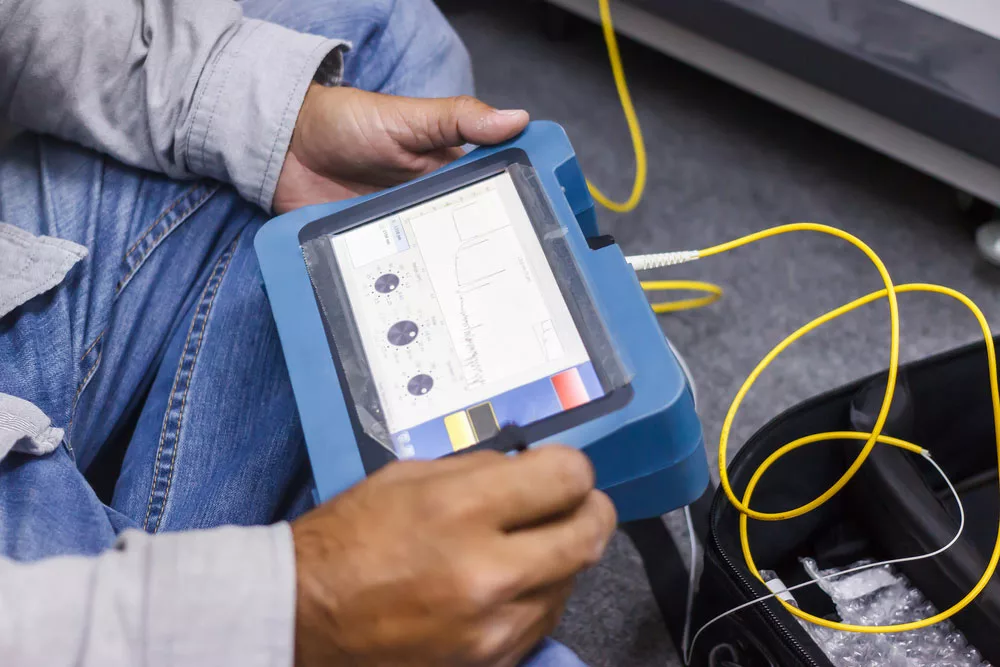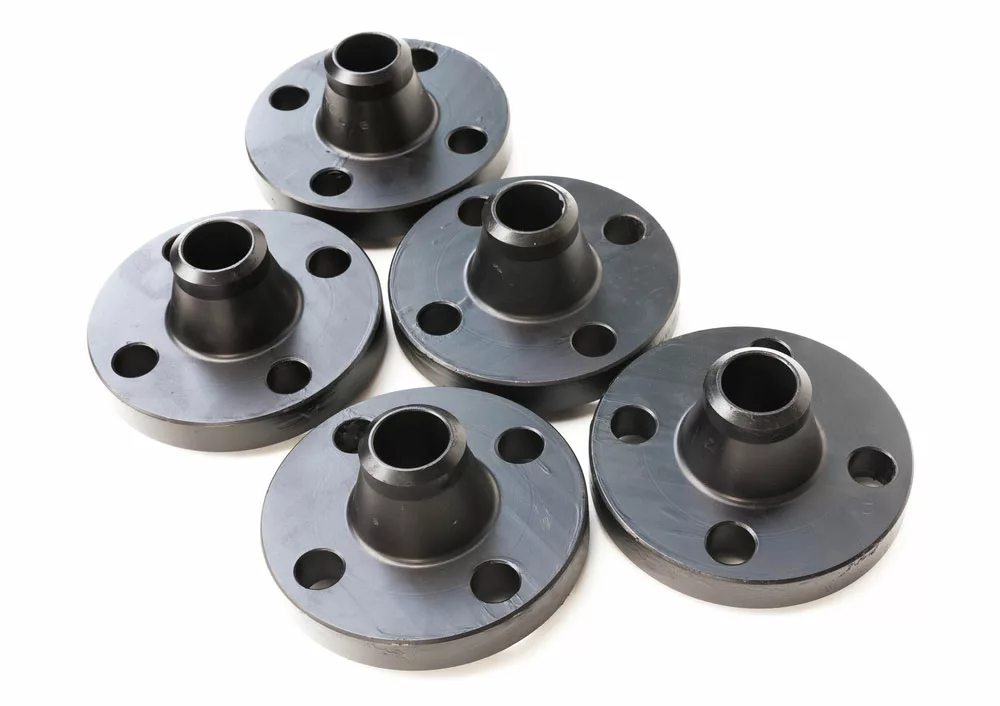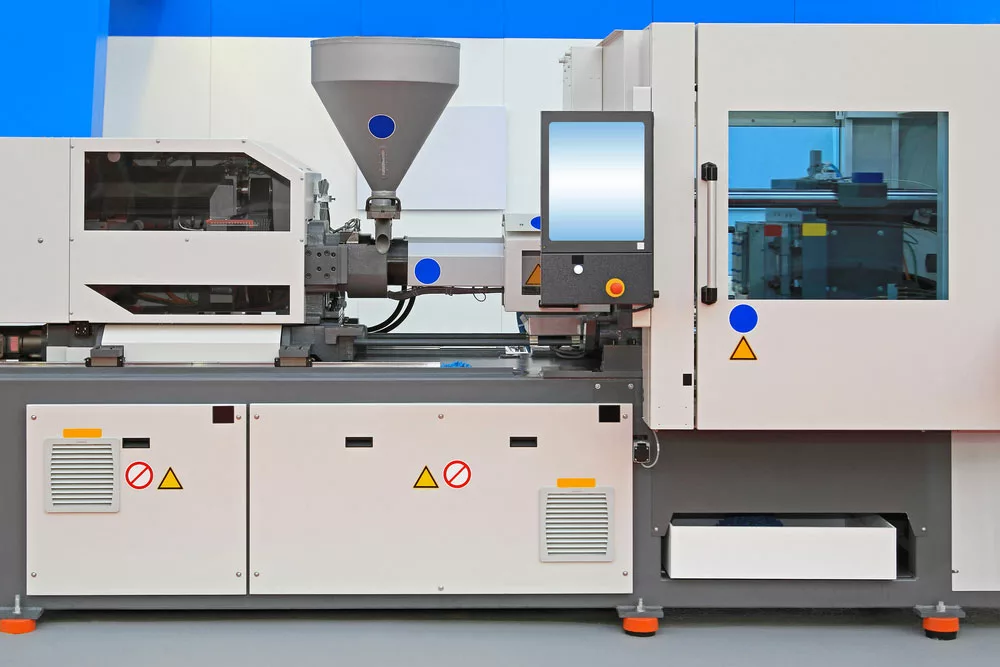Since PCBAs can sometimes be sensitive to environmental situations, you will mostly find them with a protective barrier. That’s where the injection mold process comes in. It is a good way of protecting PCBAs and ensuring aesthetic appeal. Today, we will have a clear picture of PCB overmold.
Contents
What is a Printed Circuit Board (PCB)?
PCBs are the small components that enable different kinds of modern technology to work. In past years, you connected the wires from one to another, which was a fairly tedious task in terms of maintenance and production.
As a result, the concept of printing circuits on top of a board came about.
The whole process starts with a simple conductive sheet. A double insulation layer offers support for the conductive piece in most cases.
Sheets undergo a drilling process to create registration holes needed for proper alignment. For CAD designs, you can use detailed 3D models to ensure everything is in place.
An alkaline solution used for etching helps to produce the desired tracing outline of copper.
It works because UV lights position the mask on the copper layer, which is also a process you can do in bulk.
Check any traces of copper for quality using an optical testing machine that looks out for short circuits and different kinds of damage.
The green color characteristic of a solder mask coating offers protection and insulation. There is also a silkscreen that produces symbols, markings, or logos directly to the PCB.
After the process, you can have the components soldered atop the PCB. After that, you can use the flying probe test to determine connectivity.
In most cases, PCBs use either burrowed technology or, more recently, surface mount technology based on the needs of a specific project.

Caption: Optical Testing Machine
What is Overmolding?
The term overmolding refers to a process that utilizes insert or injection molding to arrange and protect the component.
The first way of doing this is to have the PCBA assembly in place and inject the overmold directly over it. This method usually means more options for creating a streamlined appearance, customization of colors and logos, and the general overmold design.
The second way to do the overmold injection is to offer a more protective barrier for the PCBA. That means encapsulating it with something known as the Lexan encapsulation, which is a cap. The cap’s design also allows it to house the PCB and ensure it has a protective shell for any vulnerable components. After you make the cap, the next step is overmolding using the same options associated with the immediate over-molding process.
Advantages of Overmolding Circuit Boards
Better Electrical Performance
PBC over molds don’t just reinforce the PCB. They also keep the board from electrical interference that might cause shorting and eventual failure of the entire unit.
Overmolding ensures the board remains electrically sound and reliable.
Resistance to Impact
Most units with PCB overmolding endure some form of impact that could damage the PCB and ruin the unit. Therefore, protecting the board from physical, vibration, or thermal shock prolongs the lifespan of the unit.
Moisture Resistance
Most appliances and equipment with PCBs are susceptible to moisture damage. While the overmolding material protects the underlying components from moisture damage and reduces the risk of shock.
More Intricate Design
The external appeal helps in knowing sensitive spots for labeling and possible repair. Also, the unseen benefit of having an overmold with excellent marking has a visually pleasing final product.
Furthermore, overmold can be customized without harming the board’s functionality.
Better Handling
Overmolding material protects the inner bits that would make handling the board challenging. Designers can implement a better grip on the overmold to give the board great handling.
Customizing overmolds
The process of customizing PCBs with an overmold has several benefits:
- It allows one to create different colors for an ideal overall wire management setup.
- It facilitates the good printing of corporate names, logos, or other branded messaging.
- It offers different points that allow for integrating attached hardware components like a flange.
- Provides varying exit point angles like a right angle, sometimes needed to cater to a project’s needs.
- It enables the use of different overmolding materials like thermoplastics or PVCs.
- Customization of over molds involves employing different kinds of machines, such as the LPMS (Low-Pressure Molding System), to offer the most cost-efficient solution.

Caption: Flange
A Closer Look at the Process for Overmolding
The process can be very simple or extremely complicated. However, the most important thing is choosing the machine and the material.
Which Molding Machine to Use?
Injection molding machines are the driving force behind the overmolding cable engineering methodology.
They can reach high or low levels of pressure to push whatever kind of molten material is based on the type of mold needed.
When picking the molding machine, tonnage refers to the force required to suspend molten resin within the mold.
The bigger the mold, the more needed. Having the correct injection molding machine is vital for the process.
Determining Which Materials Are Best For Overmolding
There is almost an endless amount of materials that one can use to produce varying final results. One may offer ideal rigidity, while another may result in more flexibility.
The bottom line is that it all depends on the needs of a particular project.
Nonetheless, two of the most used overmold materials are PVC and TPU (thermoplastic polyurethane).
The former is common mainly because of its economic features and is great for moisture-proofing and adding strength.
The Final Process of Injection Molding
After choosing the material, the next step will be to fill the hopper found on the injection molding machine and have the injection screw pump it into the mold.
The process will cause the barrel to heat the materials and force them into the tooled mold. That will continue to add pressure up to the point where solidification can occur.

Caption: Molding Machine
Applications of PCB Overmolding
Overmolding influences the durability of equipment in the following applications.
Home Appliances & Consumer Goods
Plenty of home appliances and consumer electronics generate considerable internal temperatures. They are at risk of damage from constant uptime.
Also, things like accidental drops and spillages can irreversibly affect them. However, PCB overmolding provides insulation from moisture and protection from excessive internal heat.
Medical Field
Medical devices such as MRIs and CT scan machines need high accuracy levels. PCBs in medical equipment need to be protected from electrical mishaps.
Overmolding protects the delicate inner components from excessive vibration and possible abrasion.
Industrial Equipment
Industrial equipment is exposed to adverse weather conditions, rough environments, and long working periods. All these factors contribute to fast wear and tear.
Protecting the PCBs makes the equipment last longer.
The Automotive Industry
Without proper cover, the PCBs in interior electronic components in automotive would gather fine dust particles and be choked full of dust, compromising their performance.
Overmolding protects GPS systems, entertainment systems, and other systems in the car.
Materials Used for PCB Overmold
Let’s break down the materials used in PCB overmold into broad categories.
Thermosets
Under this category, you will find three of the most common materials for PCB over mold: silicon, polyurethane(PU), and epoxy. Also, you’ll find phenolic.
These are a class of polymers whose end product after chemical curing can’t be remolded.
Although they are inflexible, manufacturers use them for their resistance to high heat and environmental damage. To cap it off, they exhibit superb electrical insulation.
Thermoplastics
As the name suggests, thermoplastics are a re-moldable polymer that can be melted and reshaped several times. They are high in impact resistance, flexibility, and tensile strength.
Manufacturers will use high-quality polyethylenes, polycarbonates, and polypropylene for the mechanical features.
Also, they might use Acrylonitrile Butadiene Styrene(ABS) to overmold.
Usually, they’ll opt for Thermoplastic elastomers (TPEs) when they want the best flexibility and Thermoplastic urethanes (TPUs) when the focus is on transparent aesthetics and shock insulation.
Silicone
Although silicone is a material in a different class, it also has its own set and utility.
You might find it in one of these three forms as over molds: liquid silicone rubber, high-consistency rubber, and fluorosilicate.
What do all the above silicone forms have in common? They show excellent resistance to high and low temperatures, and they have good electrical insulation.
They are also non-toxic.
Silicone overmold material features prominently in medical equipment.
Common Design Considerations for PCB Overmolding
Glycerole-Based Silicone(GLS)
GLS is a common material in PCB overmolding. During the design phase, a manufacturer looks at two factors: GLS viscosity and quality.
Higher-quality GLS exhibits above-par electrical insulation and remains stable under high temperatures. The manufacturer must ensure they tune the GLS viscosity to the precise consistency.
Otherwise, the silicone overmold will bleed into the board if the consistency is too thin.
Overly thick consistency means the curing process will take too long and eat into production timelines. Plus, it’ll make it harder to fill.
Injection Gates
You’ll need to have the injection gates at the right position to attain the precise flow path.
Incorrect injection gate position might lead to air-filled molds or short shots.
So, what’s the correct injection gate site?
The injection gate is usually at the thickest TPE wall section. This way, the manufacturer can guarantee there will be no voids in the mold.
Machinery
Technically, machinery should top the list of design considerations for PCB overmolding.
The machinery determines the tonnage and the clamping force required to suspend molten resin within the mold. It’s the amount of force you need to keep the machine closed.
More tonnage is used when overmolding heavy molds.
Conclusion
When working with physically vulnerable components such as PCBs, it is good to have the proper training and skill set needed for such a task.
Failure to do so can lead to sub-standard products or even a breakdown of the molding machine.
For the best PCB services, contact wellpcb Tech, and our team of highly skilled professionals will get back to you.





